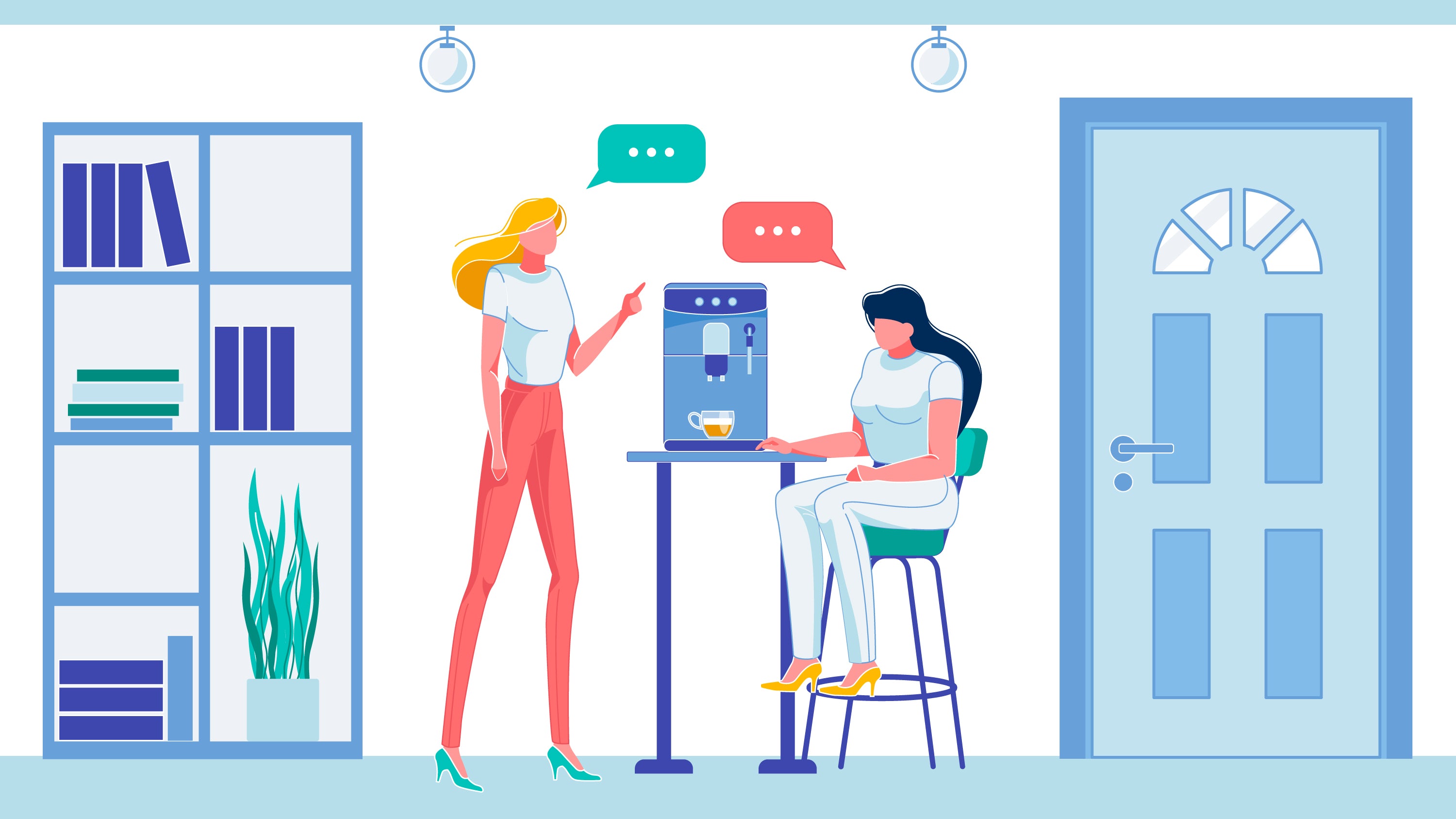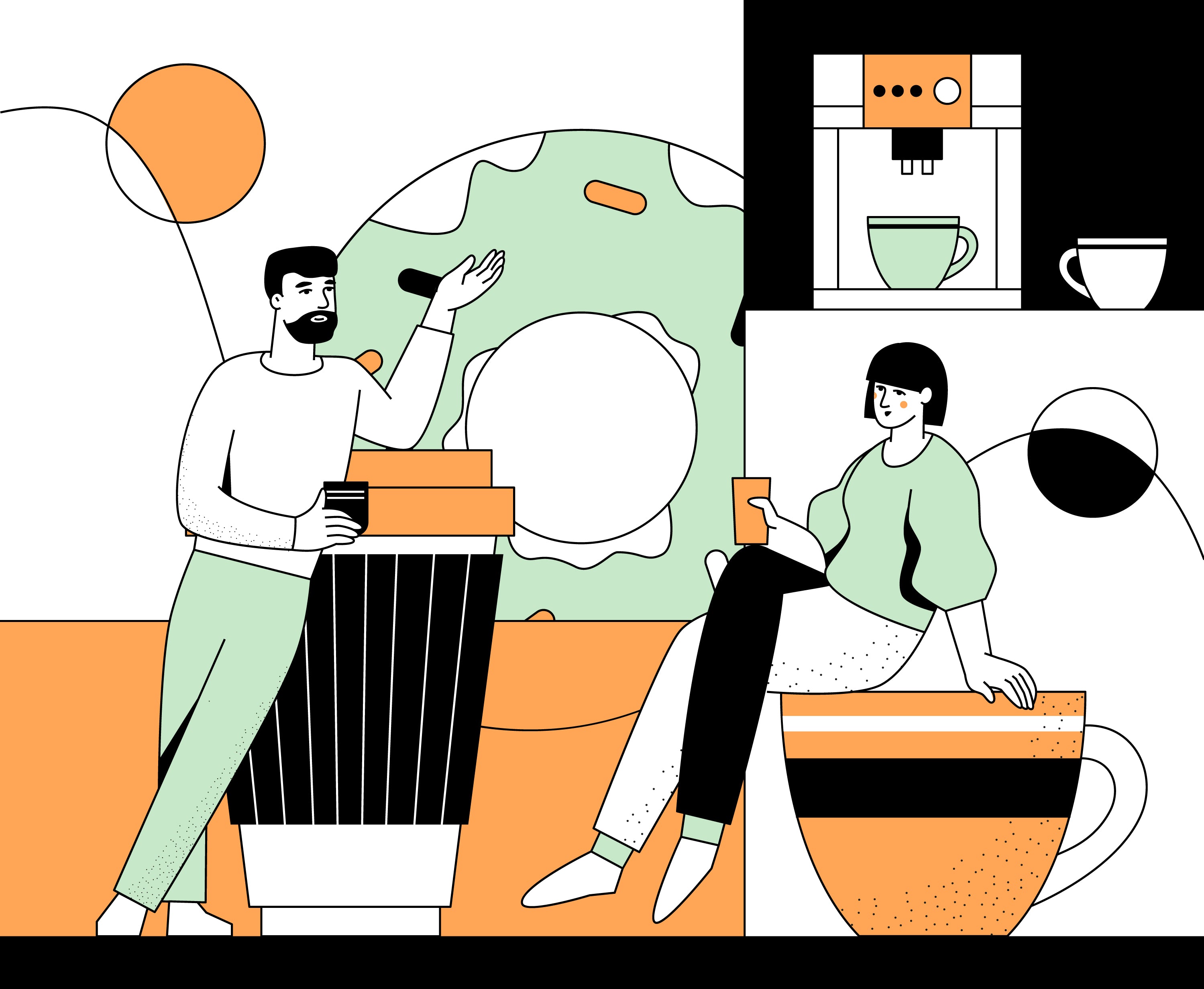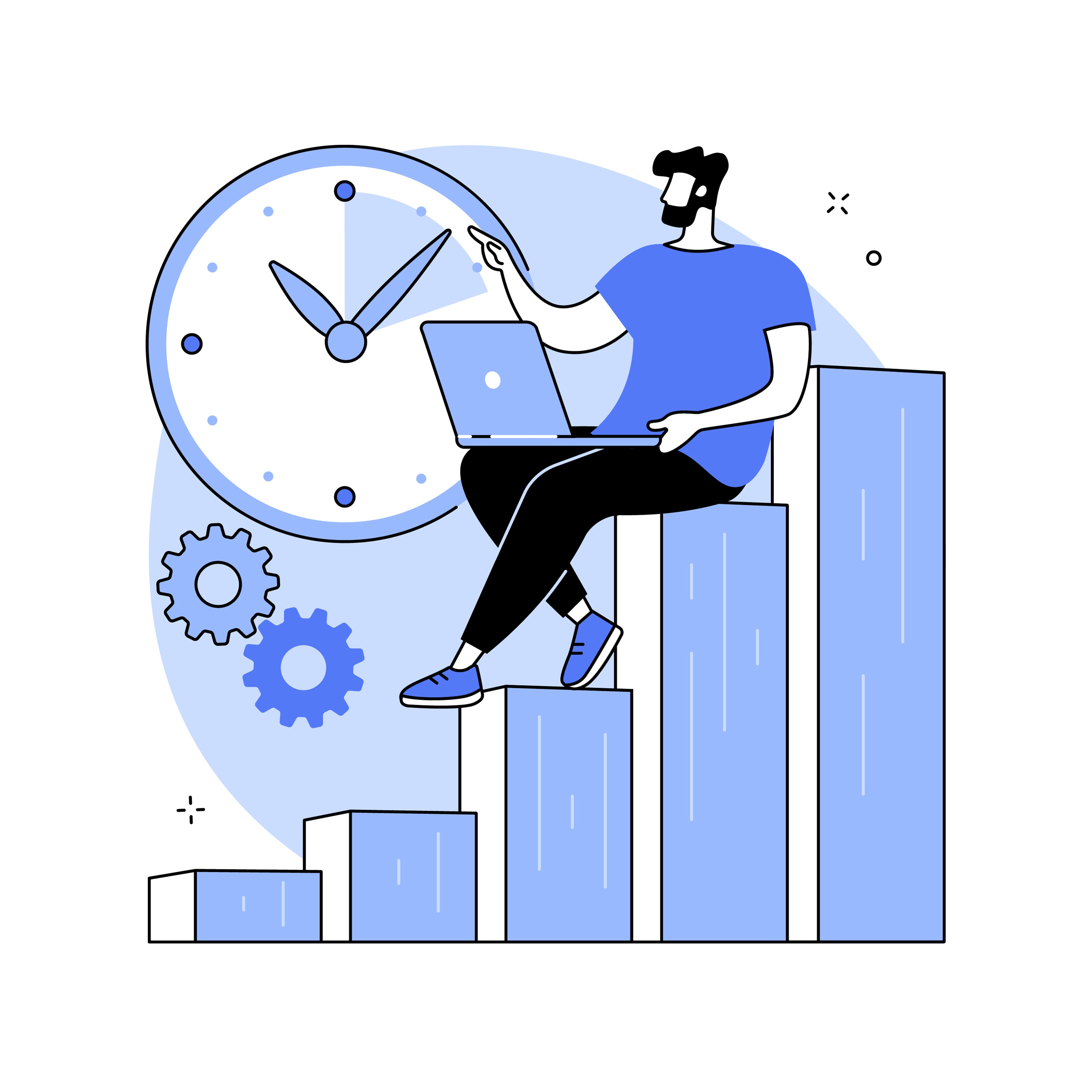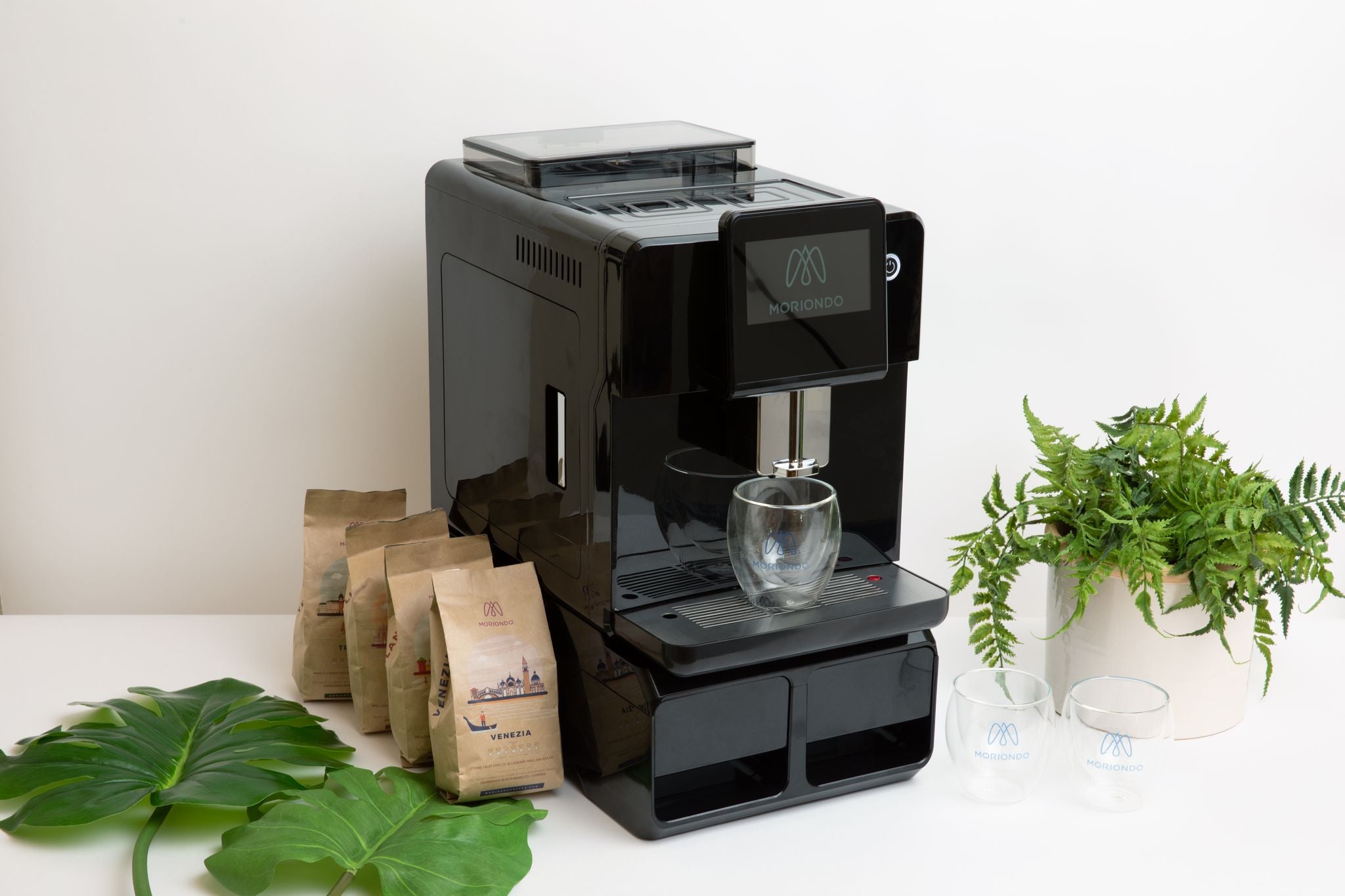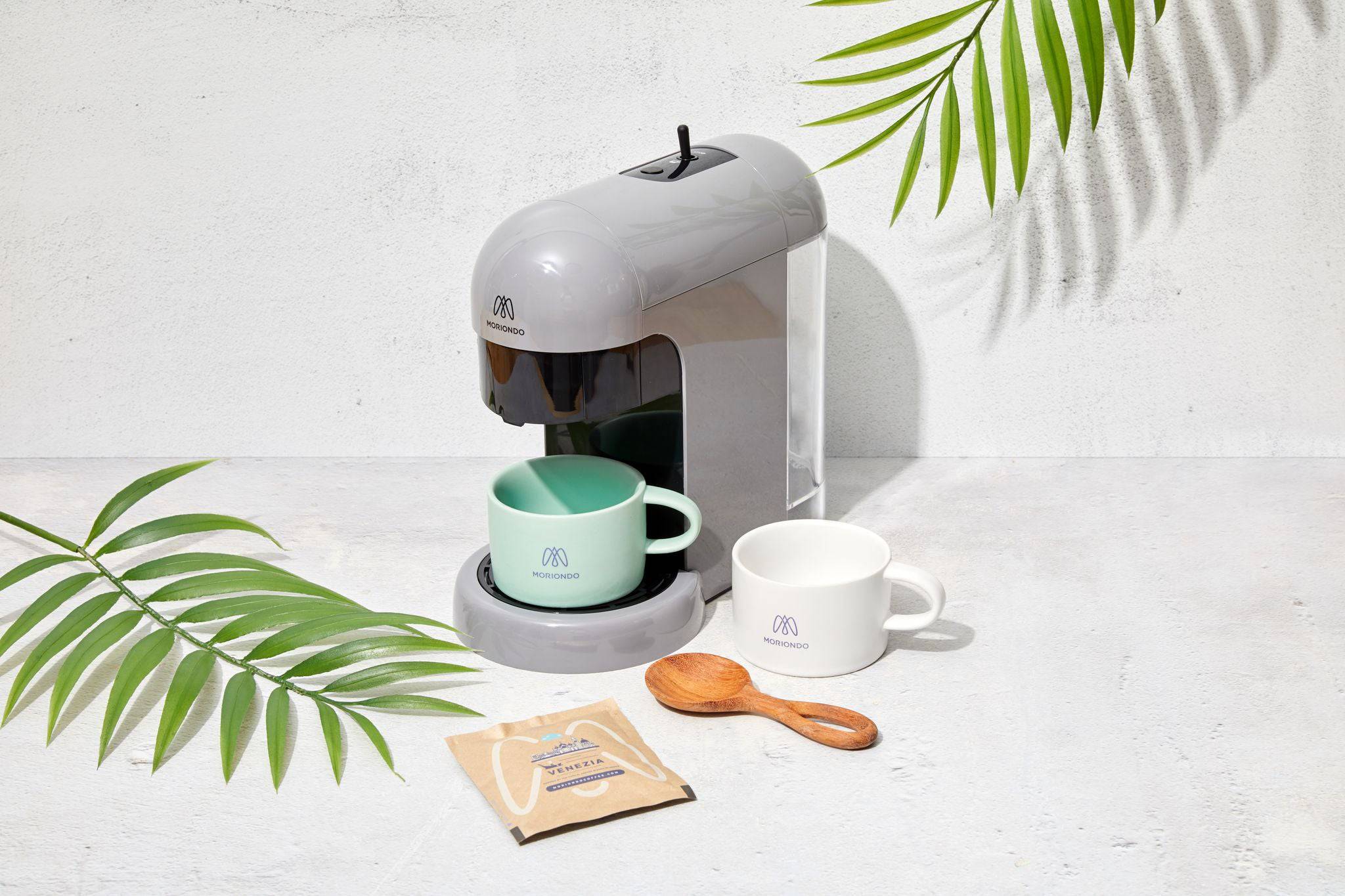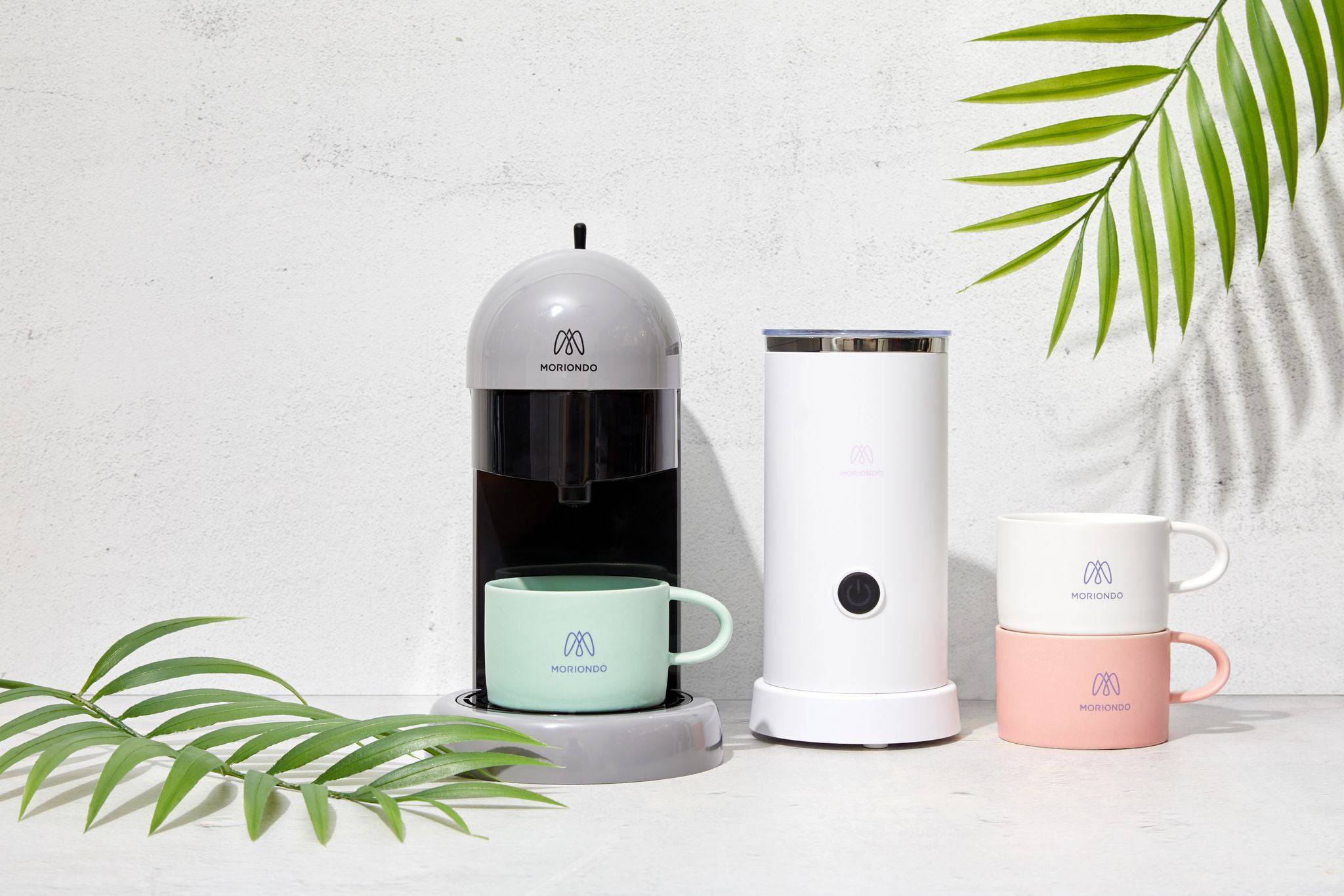10 Simple Tricks to Boost Your Workplace Productivity in 2023
Do you find yourself struggling to stay focused at work? Do you feel like your productivity levels could use a boost? If so, don't worry – you're not alone. Many people struggle with maintaining their focus and staying on task in today's fast-paced work environment. However, the good news is that there are simple tricks and techniques that can help increase your workplace productivity. In this blog post, we'll explore 10 of these tips to help you become more efficient and effective in your daily tasks. So grab a cup of coffee, sit back, and get ready to learn how to supercharge your productivity!
Understanding Workplace Productivity

Productivity is a buzzword that's thrown around frequently in the workforce, but what does it really mean? At its core, workplace productivity refers to how efficiently and effectively an individual or team completes tasks and achieves their goals. It's all about maximizing output while minimizing input.
While productivity may seem like a straightforward concept, there are many factors that can impact it. For example, poor time management skills, distractions in the workplace, lack of proper resources or training can all contribute to decreased productivity levels.
It's important to note that productivity isn't just about working harder – it's also about working smarter. This means focusing on high-priority tasks first, delegating when necessary, and finding ways to streamline processes for maximum efficiency.
Understanding workplace productivity requires taking a holistic approach that considers both individual performance as well as broader organizational factors such as culture and leadership style. By prioritizing productivity in your work life and implementing strategies to improve it over time, you'll be able to achieve more success with less stress.
Importance and Benefits of Workplace Productivity
Workplace productivity is essential for the growth and success of any organization. It refers to the ability of employees to efficiently complete tasks and achieve goals within a specified timeframe. When workplace productivity is high, it leads to increased profitability, improved employee morale and overall organizational success.
One of the primary benefits of workplace productivity is that it improves efficiency. Employees who are productive tend to be more focused, motivated and better at time-management. This means they can complete tasks faster without compromising on quality which ensures timely delivery of projects.
Another benefit of workplace productivity is that it enhances job satisfaction among employees. When workers are able to achieve their targets with ease, they feel accomplished and valued leading to higher motivation levels resulting in reduced stress levels caused by unfinished workloads or unmet goals.
Increased workplace productivity also leads to cost savings for organizations as well as helps in reducing errors typically caused by fatigue or lack of focus during work hours.
Increased workplace productivity results in improved customer satisfaction since companies can offer speedy services or products while ensuring quality standards are met consistently over time.
Understanding the importance and benefits associated with improving workplace productivity cannot be overstated enough; from boosting employee morale and cutting costs all the way through enhancing customer satisfaction - there are so many great reasons why focusing on increasing your team's efficiency should become a priority today!
Common Myths about Workplace Productivity

There are many myths surrounding workplace productivity that can hinder our ability to work more effectively. One common myth is that working longer hours leads to increased productivity. However, studies have shown that working excessive hours can actually lead to burnout and decreased productivity.
Another myth is the belief that multitasking is an effective way to get things done quickly. In reality, trying to do too many tasks at once often results in poor quality work and a decrease in overall efficiency.
Some people also believe that taking breaks throughout the day will disrupt their flow of work and reduce productivity. But research has shown that regular breaks actually improve focus and help prevent fatigue, leading to higher quality output.
Additionally, there's a misconception that being physically present in the office automatically means you're being productive. However, just because someone is sitting at their desk doesn't mean they're actively engaged in meaningful work.
Some individuals may think they don't need help or guidance when it comes to improving their productivity because they've always worked a certain way - but there's always room for improvement!
Factors Affecting Workplace Productivity
There are various factors that can have a significant impact on workplace productivity. One of the most crucial is employee motivation, which drives individuals to perform their best and meet or exceed targets.
Another important factor is work environment. A comfortable, well-lit workspace with appropriate equipment and facilities creates an environment where employees can easily focus on their tasks without any disruptions or distractions.
Communication channels also play a significant role in determining workplace productivity. Open communication between team members fosters trust and collaboration leading to improved performance levels.
The nature of work itself could also affect the level of productivity achieved by employees. If tasks are too complex or monotonous, it may lead to boredom, frustration or burnout resulting in decreased productivity levels.
Support from management is essential for workers' success at the job. This includes providing adequate training opportunities as well as recognizing individual contributions towards organizational objectives.
Organizations must prioritize addressing these factors if they want to increase employee engagement and maximize overall workplace productivity.
Tricks to Improve Personal Productivity

Improving personal productivity is crucial to achieving success in any workplace. With so many distractions around, staying focused and productive can be challenging. However, with the right tricks up your sleeve, you can boost your workplace productivity and achieve more in less time.
One of the most important tricks to improve personal productivity is to monotask instead of multitasking. Contrary to popular belief, multitasking doesn't make us more efficient; it actually slows us down and reduces our ability to concentrate. By focusing on one task at a time, we can complete tasks faster and with greater accuracy.
Another way to improve personal productivity is by creating a productive workspace that's conducive for concentration. This may involve decluttering your desk or using noise-cancelling headphones if you work in a noisy environment.
Managing distractions is also critical when it comes to improving personal productivity. Whether it's social media notifications or email alerts popping up on your screen every few minutes, these interruptions can take away valuable focus from work-related tasks. Consider turning off notifications during work hours or finding ways to limit them so they don't disrupt your workflow.
Prioritizing tasks through the use of To-Do lists ensures that important assignments are completed first while keeping track of everything else that needs doing throughout the day.
Maintaining a healthy work-life balance will also help increase employee morale as well as reduce stress levels leading towards increased workforce efficiency.
Taking regular breaks helps keep energy levels high throughout the day which leads towards greater output resulting in increased workplace productivity
Utilizing gamification techniques has been found effective amongst younger demographics who thrive under competition-based environments increasing their motivation toward completing assigned duties
Setting clear goals outlining expected outcomes allows employees insight into what they should be striving for ultimately pushing hard toward producing quality results
Communicating effectively within teams fosters collaboration leading towards successful project completion whilst reducing errors saving on both cost & time
Leveraging technology such as automation software which takes care of repetitive tasks and streamlines work processes allowing more time for employees to focus on other
Monotasking instead of Multitasking
In today's fast-paced work environment, multitasking has become a common practice. However, research shows that it may not be the most effective way to boost workplace productivity. Instead, monotasking - focusing on one task at a time - can significantly improve your output.
When we try to do multiple things simultaneously, our brain switches between tasks every few seconds, which reduces our efficiency and prolongs the completion time of each task.
On the other hand, when you focus solely on one task until it is completed before moving onto another one, you are likely to complete more in less time with better quality results.
But how do you transition from being a chronic multitasker? Start by identifying your priorities for the day and breaking them down into smaller tasks. This will allow you to focus on completing each item before taking up another task without feeling overwhelmed.
Another way is by eliminating distractions such as social media notifications or emails while working on important tasks. By removing these potential interruptions from your workspace entirely, you can stay focused and committed to finishing what needs doing promptly.
Ultimately practicing monotasking instead of multitasking requires discipline and dedication but incorporating this technique into daily routine will help manage workload effectively while ensuring high-quality outputs consistently.
Creating a Productive Workspace

Creating a productive workspace is crucial for maintaining workplace productivity. A well-organized and clutter-free space can help you stay focused and motivated throughout the day.
Start by decluttering your workspace. Remove any unnecessary items that might distract you or take up valuable desk space. Invest in storage solutions such as shelves, drawers, or file cabinets to keep everything organized.
The lighting in your workspace also plays a significant role in improving productivity. Natural light has been proven to boost mood and energy levels, so try to position your desk near a window if possible. If not, invest in good quality lighting that mimics natural light.
Your work chair is another important factor to consider when creating a productive workspace. Choose an ergonomic chair that provides proper support for your back and neck, reducing the risk of fatigue and discomfort during long hours at the desk.
Consider adding some greenery to your workspace! Plants have been shown to improve air quality and reduce stress levels, making them an excellent addition to any office environment.
By following these simple tips for creating a productive workspace, you can set yourself up for success and achieve greater productivity at work!
Managing Distractions

In today's fast-paced work environment, distractions are everywhere. From social media notifications to chatty coworkers, it can be difficult to stay focused on the task at hand. However, managing these distractions is crucial for improving workplace productivity.
One effective way to manage distractions is by setting boundaries. This could mean silencing your phone or blocking certain websites during working hours. By limiting access to potential distractions, you create a more focused work environment.
Another strategy is practicing mindfulness. Take a few minutes each day to clear your mind and refocus on the present moment. This can help reduce stress and increase concentration throughout the day.
It's also important to communicate with colleagues about minimizing interruptions during critical tasks or projects. By setting expectations and boundaries early on, everyone can understand how best to respect each other's time and priorities.
Consider using tools like noise-cancelling headphones or white noise machines if you work in an open office environment where distractions are common. These simple solutions can go a long way in reducing external stimuli that may interfere with your focus.
Managing distractions requires intentional effort but has significant benefits for individual productivity and overall team success in achieving shared goals.
Prioritizing Tasks with To-Do Lists

Prioritizing tasks with to-do lists is a simple yet effective way of improving workplace productivity. By creating a list of tasks that need to be completed, you can prioritize them according to their importance and urgency. This helps you stay focused on the most important tasks and avoid wasting time on less important ones.
When creating a to-do list, it's essential to break down larger projects into smaller, more manageable tasks. This makes it easier for you to track your progress and gives you a sense of accomplishment as you cross off completed items from the list.
It's also crucial to set realistic deadlines for each task and ensure that they are achievable within the given time frame. This helps prevent overwhelm and ensures that you don't fall behind schedule.
To maximize the benefits of using a to-do list, try organizing your tasks based on their level of priority. For instance, if there are urgent or high-priority items on your list, make sure they appear at the top so that they get done first.
Remember that flexibility is key when working with a to-do list. If unforeseen circumstances arise or new priorities emerge during the day, don't hesitate to adjust your schedule accordingly while remaining focused on achieving your goals for maximum productivity!
Maintaining a Healthy Work-Life Balance

Maintaining a healthy work-life balance is crucial for workplace productivity. It can be easy to get caught up in the demands of our jobs, but neglecting other areas of our lives can have negative consequences on our overall well-being.
One way to maintain a healthy work-life balance is by setting boundaries and sticking to them. This means creating a clear separation between work time and personal time, whether that's turning off your phone after a certain hour or not checking emails during weekends.
Another important aspect of maintaining work-life balance is making time for self-care activities such as exercise, meditation, or spending quality time with loved ones. These activities help us recharge and reduce stress levels which in turn increases productivity when we return to work.
It's also essential to prioritize tasks effectively and delegate responsibilities where possible. This allows us to focus on high-priority tasks without becoming overwhelmed with an excessive workload.
Finding the right balance between work and life requires constant effort and adjustment. By prioritizing self-care, setting boundaries, delegating responsibilities effectively, one can achieve greater happiness at home while still achieving great accomplishments at their job.
Taking Regular Breaks

Taking regular breaks is essential if you want to boost your workplace productivity. It may seem counterintuitive, but stepping away from work for a few minutes can actually help you get more done in the long run.
When we work for extended periods without taking a break, our focus and concentration start to decline. We become fatigued, and our brains start to wander. Taking short breaks throughout the day gives us a chance to recharge and come back refreshed and ready to tackle tasks with renewed energy.
One effective way of taking regular breaks is by using the Pomodoro Technique. This involves working on a task for 25 minutes followed by a five-minute break. After four rounds of this cycle, take a more extended 20-30 minute break before starting again.
During your break time, try doing something that helps you relax or clear your mind - go for a quick walk around the office or stretch at your desk; read an article or listen to music.
Remember that taking regular breaks isn't just about increasing productivity; it's also crucial for maintaining good mental health at work. So next time you feel yourself getting bogged down in tasks, take some time out and give yourself permission to rest!
Using Gamification to Increase Productivity
Gamification is a powerful tool that can be used to increase productivity in the workplace. By incorporating game mechanics such as rewards, points, and challenges into everyday tasks, employees are more likely to stay engaged and motivated.
One way to use gamification is by setting up friendly competitions between colleagues or departments. This not only boosts morale but also encourages individuals to work harder and achieve their goals.
Another tactic is to create a point system for completing certain tasks or meeting specific targets. These points can then be redeemed for prizes or other incentives, providing an added layer of motivation.
Gamification can also be utilized in training programs by creating interactive modules that simulate real-life scenarios. This helps employees retain information better and apply it effectively on the job.
However, it's important to note that gamification should not be used as a substitute for good management practices or meaningful work. It should instead serve as a supplement to these elements in order to maximize productivity and engagement within the workplace.
Setting Clear Goals
Setting clear goals is one of the most effective ways to boost workplace productivity. When employees have a clear understanding of what they are working towards, it becomes easier for them to stay motivated and focused on their tasks.
To set clear goals, start by identifying the specific outcomes you want to achieve. Be as specific as possible in your goal-setting process so that everyone understands exactly what they need to do. This can include setting deadlines, outlining project milestones and defining success metrics.
Next, communicate these goals clearly with your team members. Make sure everyone knows what is expected of them and how their work will contribute to achieving those goals. Encourage open communication so that everyone feels comfortable asking questions or suggesting changes if needed.
Track progress regularly and provide feedback along the way. This can help keep team members accountable for their work and ensure that everyone stays on track towards meeting the overall objectives.
By setting clear goals, you can improve employee motivation and focus while also ensuring that all efforts are aligned towards common objectives.
Communicating Effectively with Team Members
Communicating effectively with team members is crucial for boosting workplace productivity. It helps to ensure that everyone is on the same page and working towards a common goal. One way to achieve effective communication is by being clear and concise in your messages. Avoid using jargon or technical terms that may not be understood by all team members.
Another important aspect of effective communication is active listening. This means paying attention to what others are saying, asking questions when necessary, and showing empathy towards their concerns. It also involves being open-minded and willing to consider different perspectives.
Regular check-ins can also help facilitate effective communication within a team. This can be done through daily stand-up meetings or weekly progress reports where team members can share updates on their work and discuss any challenges they may be facing.
In addition, it's important to establish guidelines for feedback within the team, such as how often feedback should be given and in what form (verbal or written). This ensures that everyone receives constructive criticism in a timely manner.
Communicating effectively with team members requires effort from everyone involved. By prioritizing clear messaging, active listening, regular check-ins, and constructive feedback, you'll be well on your way to improving workplace productivity through better teamwork!
Leveraging Technology for Increased Productivity
By leveraging technology, we can increase our workplace productivity in ways that were previously impossible. From collaboration tools to time-tracking software, there are countless options available to help us streamline our work and get more done in less time. Whether you're working remotely or in an office environment, taking advantage of these digital tools can make a significant impact on your overall productivity.
As we move into 2023 and beyond, it's clear that workplace productivity will remain a top priority for individuals and organizations alike. By understanding the importance of productivity and implementing simple tricks like monotasking, managing distractions, setting clear goals, and utilizing technology to its fullest potential, we can all work smarter and achieve better results than ever before. So why not start now? Take the first step towards improving your own workplace productivity today!
Good Tasting Coffee: How to Identify Coffee Flavors

In order to appreciate the different types of coffee available, it's important to cultivate an awareness of its unique characteristics. Let's take a look at the way coffee connoisseurs judge different cups of coffee.
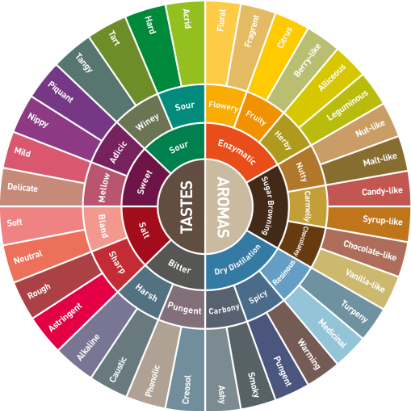
Aroma
The scent of a cup of coffee has a direct influence on how we perceive its flavor. As you drink coffee try to notice if the scent is smoky, fruity, earthy, spicy, nutty or grassy.
Acidity
One of the most defining characteristics of a cup of coffee is its acidity. This is the sharp, bright tangy quality of coffee that perks up our senses. Coffee doesn’t necessarily contain just one type of acid, either. It may contain citric acid, malic acid (fruity in flavor) or even quinic acid from stale coffee, which gives us stomach aches.
Body
This is the weight, thickness and texture of coffee in your mouth. The body of different types of coffee falls on a spectrum of light- to full-bodied viscosity (thin to thick).
Flavor
This is where comparisons come in handy and there is some overlap between aroma and flavor. Your coffee might taste bitter, sweet, savory or sour with common comparisons to chocolate, wine or fruit.
Related Posts

